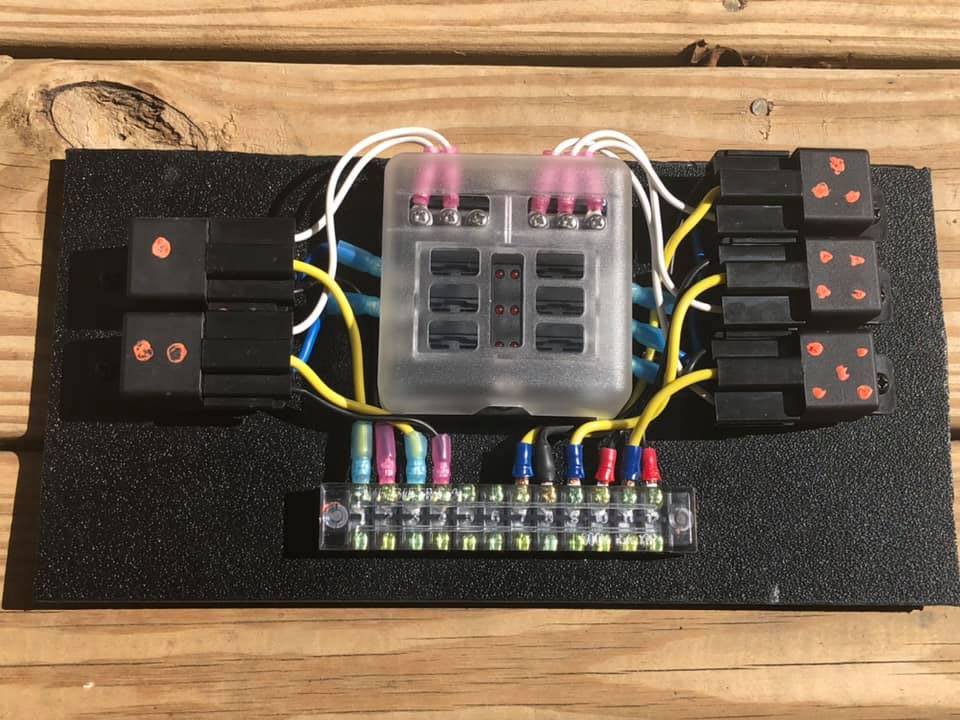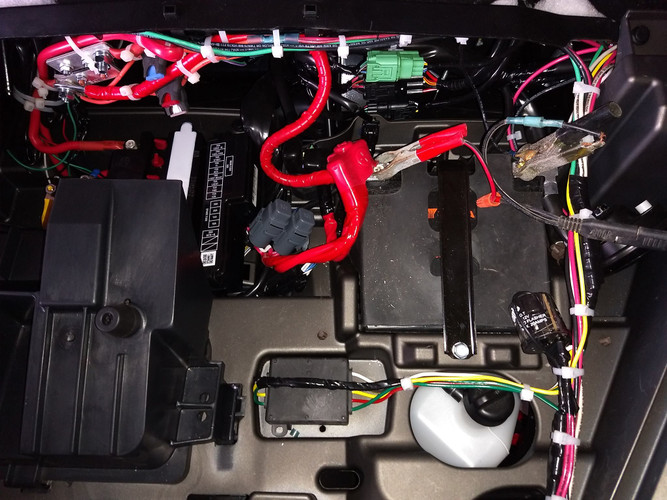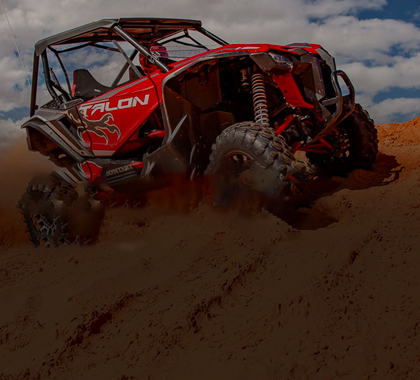Powering Your Aftermarket Accessories: The Ins and Outs Of Honda Pioneer Dual Battery Setups
Sep 29th 2020
There are many benefits one can gain from running multiple batteries in the Honda Pioneer. And although accessories like battery maintainers can help you avoid startup issues when your rig had been parked for a while, and using relays as well as keyed-on power sources can prevent your accessories from pulling juice when the vehicle is turned off, running a dual battery system in your Honda Pioneer 500, 700, or 1000 may still be required. For those with bone-stock Honda Pioneers, swapping out the factory battery with a larger or higher-quality unit like the Optima or Odyssey battery could suffice. But heap on accessories like winches, speaker bars, and a complete suite of interior / exterior lights and you’ll find that a single UTV battery becomes depleted and overdrawn in no time -- regardless of how powerful it is. So if you’re thinking about installing a secondary battery in your Honda Pioneer, or if your existing dual-battery system isn’t working properly, the info contained herein will help!
Why Run Multiple Batteries In The Honda Pioneer?
Even with larger aftermarket batteries, some folks still find that they don’t get enough power — especially when winching. Both the computer and the shifting mechanism in the Honda Pioneer transmission rely on battery power to function properly. If the power output of your battery dips below 9 volts, your rig will kick out of gear and could potentially stall as well. You might be fine under normal circumstances, but if you run a lot of aftermarket accessories, your machine’s electrical demand will likely exceed the supply.
In addition to making your rig start better, dual battery setups for the Honda Pioneer will also improve the performance of your winch. Furthermore, with a designated battery for your accessories alone, your aftermarket lights won’t flicker, your stereo won’t lose power, and your clutches won’t disengage or burn up due to a lack of power. You really should add a secondary battery to any stator-type charging system, and with side-by-sides like the Honda Pioneer that are systemically reliant on a well-functioning electrical system, voltage drops can be seriously detrimental!
Where To Put A Secondary Battery In The Honda Pioneer
There are a few good places to mount a secondary battery in the Honda Pioneer. A 400 CCA lawn mower battery will work like a charm underneath the driver's seat, and many riders like to put secondary batteries under the hood of the Honda Pioneer. And for those who’ve occupied these locations with other accessories like heater units or storage compartments, you can also install a battery in the upper driver-side wheel well.
Using Isolators With Honda Pioneer Dual-Battery Setups
With a two-battery electrical system, you ideally want all your accessories to pull from one battery, leaving the other battery to power the main functions of the Pioneer. Using a battery isolator allows you to draw from one battery without discharging the other. So, for example, if you’re using your radio that is attached to a secondary power source when the vehicle is turned off, your primary battery won’t be drained if your secondary battery runs out of power.
Depending on how you set your electrical system up, you may be able to charge both your main battery and your auxiliary battery with the vehicle’s alternator. Once the voltage in your secondary battery is lower than the cut-on voltage of the isolator, it will remain open until the secondary battery is fully charged.
It is also important to keep in mind that if you want to jump-start your batteries, having a quick-disconnect system is useful so that each battery can act as a stand-alone unit. This is also useful for those who are running deep cycle batteries that aren’t meant to be charging all the time. You can let the battery run low, then let it charge overnight after it gets depleted.
Things like maintainers can also be used in conjunction with battery isolators to keep both batteries topped up while the machine is not in use. Plus, by using fuse boxes, relays, and switch panels, you’ll not only prevent phantom drain, but also protect your accessories from short circuits and voltage surges!
Dual Battery Systems: Final Thoughts

Whether you need some extra juice to power your oversized side-by-side winch, or an additional battery for peace of mind when riding deep in the wilderness with only yourself as company, there are many great reasons to invest in a Honda Pioneer dual battery setup.
Some riders like to replace the 8-gauge OEM wiring with heavier 6-gauge wire kits, while others augment their electric system with bus bars and wire harnesses with built-in fuses and relays. And for an added element of security / protection, you can even add hidden battery kill switches to prevent the vehicle from starting up when you leave it behind at the campground. Not all riders will require a dual-battery setup. But for those who’ve added aftermarket accessories like winches, lights, and radios, a secondary battery is a smart thing to have!


